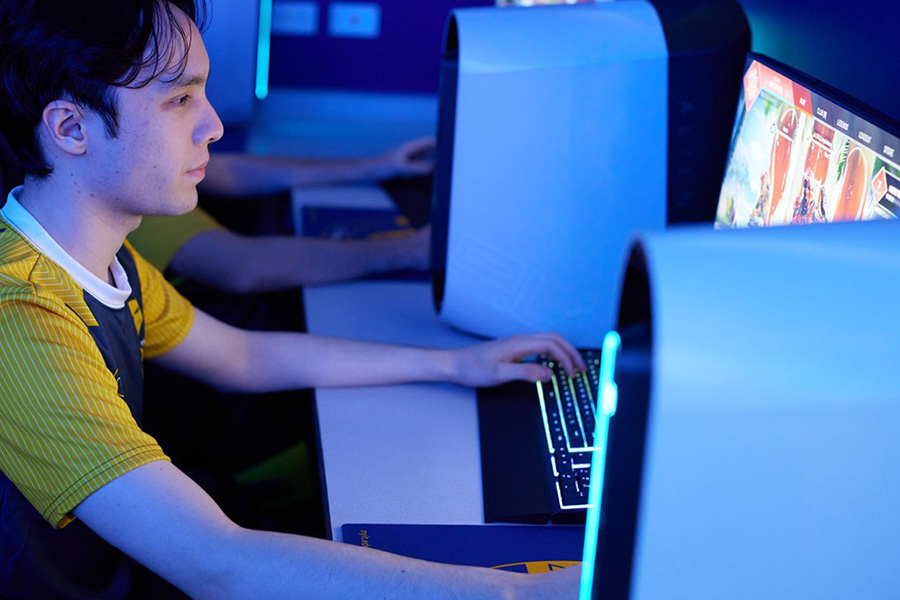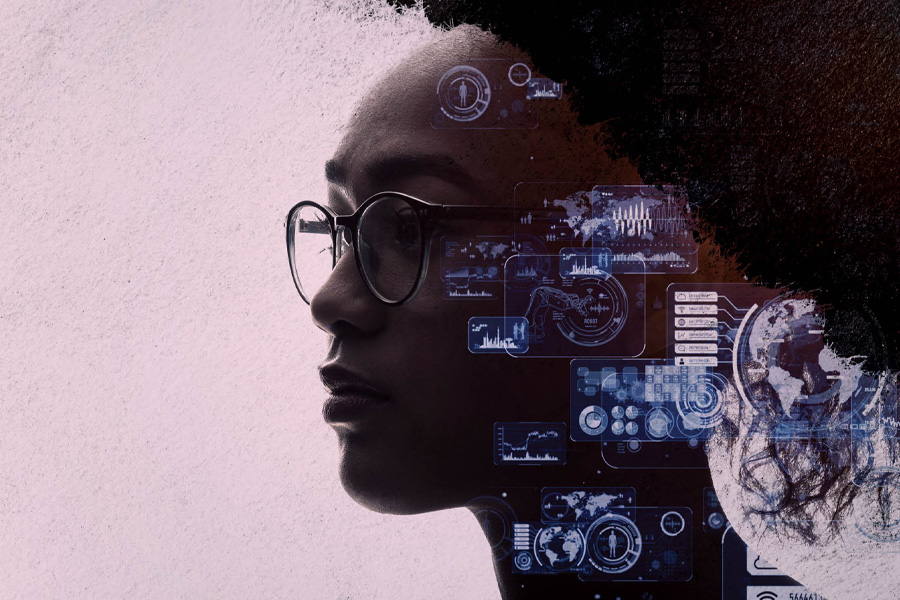How Gamers’ Health Fared During the Pandemic
The onset of COVID-19 coincided with the peak growth of video game usage, with 2.7 billion players gaming in 2020. During the pandemic shutdowns, gaming and streaming platforms offered an entertaining, social, and safe alternative to recreation during severe lockdowns and social isolations. But how did the pandemic impact players’ physical and mental health?
To answer that question, researchers from the Center for Esports Medicine partnered with McGill University in Montreal, Canada, and Adamas Esports in British Columbia, Canada, to conduct an international survey of 897 self-proclaimed gamers. Participants from around the world—including North America, Europe, Asia, and other countries—answered questions regarding COVID-19 infection status, duration and frequency of gaming, sleep time, sitting time, physical activity, perceived stress levels, video game genre, and other factors.
Participants were also divided into casual and competitive gamers. Casual players comprised recreational gamers who play video games as a leisure activity with no or small occasional financial compensation, while competitive gamers comprised high school, college, and professional gamers competing in structured esports training programs. In addition, levels of lockdown were divided by total, moderate, and light/no lockdown based on the different policies applied by different countries and regions.
The findings were published this fall in the International Journal of Environmental Research and Public Health. New York Tech researchers involved in the study included NYITCOM Professor and Director of Clinical Research Joanne Donoghue, Ph.D., and Biostatistician Min-Kyung Jung, Ph.D.
Both casual and competitive gamers reported significant increases in game time during the first months of the pandemic, with 74.6 percent of all respondents reporting an increase in their gaming time during the initial months of the pandemic. As might be expected, gamers under moderate and total lockdowns experienced greater increases in gaming time compared to those under light or no lockdown conditions.
Many gamers increased sedentary behavior (video game time and sitting time), with 64.3 percent indicating an increase in sit time. While physical activity levels remained unchanged in most participants, regardless of the type of lockdown they experienced. Gamers who were physically active prior to the pandemic and experienced moderate to total lockdowns reported the most significant increases in sitting time, suggesting that stricter lockdown measures may exacerbate sedentary behaviors in typically active individuals.
“I find it quite intriguing that physical activity levels remained largely unchanged for many individuals during the pandemic,” says Donoghue. “While the specific reasons were not examined in this study, it’s worth speculating that the increased emphasis on health during the pandemic and the role of physical activity in stress management might have played pivotal roles in this outcome.”
Sleep time increased for 51.5 percent of gamers, with competitive players reporting greater improvements in sleep satisfaction vs. casual gamers.
“One speculative explanation could be that competitive gamers, who generally have more structured training routines, were better able to maintain regular sleep–wake cycles, thus improving their overall sleep satisfaction,” the authors write.
In terms of mental health, casual gamers fared worse compared to competitive gamers, but lockdown type played a significant role, with stress levels improving for 35 percent of gamers under light/no lockdown conditions. Overall, the findings suggested that moderate gaming (one to 3.5 hours per day) might improve mental health and reduce loneliness during social isolation.
“Video games, when played moderately, could offer a cost-effective, safe strategy to promote socialization and mental health, and improve the overall well-being of the non-gaming and gaming population during pandemic times when strict lockdowns are in place,” the researchers write.
They conclude that COVID-19 lockdown measures significantly affected various health-related characteristics among the gamers. Factors such as pre-pandemic physical activity levels, competitive gaming involvement, and the extent of lockdown measures all influenced how the pandemic impacted gamers’ health.
While further research is needed, the study suggests that during a pandemic—especially when stringent lockdowns are enforced—moderate video gaming could potentially improve the general well-being of both gaming and non-gaming populations.
More Features

Researchers Publish Esports Medicine Textbook
A new textbook by Center for Esports Medicine experts provides a valuable resource to help manage the unique health demands of competitive gamers.

NYITCOM Student is Congresswoman’s Guest at State of the Union
College of Osteopathic Medicine (NYITCOM) student Briteny Xu was Congresswoman Grace Meng’s guest at the State of the Union address in Washington, D.C., where they advocated for the Affordable Connectivity Program.

Baking Her Way to a Business Degree
Student Michelle Charidemou is studying for her bachelor’s degree in business administration to help take her bakery to the next level.

Preventing Blood Clots in Gamers
A new study from the Center for Esports Medicine analyzes whether compression sleeves worn below the knee or short walking breaks can enhance blood flow and reduce blood clot risk in gamers.

Empowering Women in STEM: Endeavoring to Excel
During Women’s History Month, Paula Juric Kreuz, professional development specialist in the College of Engineering and Computing Sciences, talks about the importance of encouraging more women to pursue STEM-related careers.